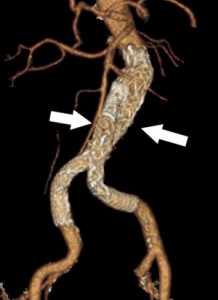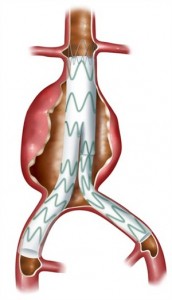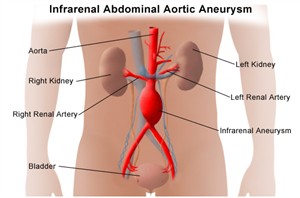Current Situation
This is my plan of action for my PDP. I aim for development is in A & E radiography. I feel I haven’t had enough practice in adapting my technique in difficult situations. As a student you are not given the opportunity to perform and carry out examination in trauma situations or trolley patients. I feel I have the ability to logically carry out some of the examination I have come across but I very rarely been given the opportunity to carry them out.
I feel the experience in A & E would be of great benefit to me. Giving me the experience and build my confidence when performing them, hopefully making me a better radiographer.
Ideal Situation
My next block for clinical placement I have two ideal situations. First I am in Queen Margaret Hospital for 2 weeks, and 1 of them is my out of hours placement. This hospital is the main hospital for any trauma and I am hoping to be working with someone who will allow me to perform these examinations with supervision.
The following 2 weeks I am on my elective placement at Perth Royal Infirmary. This is a general placement and I have requested time within the department dealing with any trauma and A & E patients. I am hoping to have gained some experience and confidence from my time at Queen Margaret Hospital before proceeding to Perth Royal Infirmary. I am hoping these 2 weeks will be a great experience and of great benefit to me.
Steps to success
- My 2 weeks placement at Queen Margaret Hospital.
Learning to adapt my technique and keep calm in difficult situations. While performing as many trauma and trolley examination the 2 weeks I am there.
- By performing as many examinations as possible on trauma and trolley patients. by 04 December 2009
- My 2 weeks at Perth Royal Infirmary.
- By spending 2 weeks in A & E, and performing as many examinations as possible. Learning the best way to adapt techniques in difficult situations. by 18 December 2009
Overall Completion Date
18 December 2009
SWOT analysis
Strengths
My strength is that I friendly and good at chating to patients in a difficult situations. However this kind of situation is different to what I have ever experienced. I am also entering a new environment in Perth with new staff which I have never met.
Weaknesses
My biggest weakness is my confidence. Even though I know I am capable of most things that are asked of me I still question my ability. I am not sure if this is because we as students don’t get enough clinical time and are not always out on placement. My confidence begins to rise just as we are finishing our clinical placements.
Opportunities
I contacted Perth Royal Infirmary in the hope to get this elective placement. I spoke to a superintendent called Beryl Pritchard and explain what my goals were and what I was hoping to achievement while there.
I have a book which I will be referring to titled, Interpreting Trauma Radiographs. This book covers everything from, Pattern Recognition, Anatomy, Physiology and Pathology of the Skeletal System, Skeletal Trauma, Pelvic Fractures, Chest Trauma, and the Skull and Face.
Threats
Threats to this achievement are radiographers who don’t like students carrying out and performing examinations on patients in a trauma situation or in trolleys.
Another threat is the department is under staffed and I am asked to carry out general examinations to lower patient waiting times while the other staff deal with the trauma patients.
Supporting Resources
Books / journals
Interpreting Trauma Radiographs written by, J McConnell, R Eyres and J Nightingale.
Web links
http://www.wikiradiography.com/page/Pelvic+Trauma+Radiography
http://www.wikiradiography.com/page/Protocol+-+Trauma+Series
Other
Presentation
Reflection
I have just finished a 4 week placement comprising of 2 weeks and Queen Margaret’s Hospital, Dunfermline and 2 weeks at Perth Royal Infirmary and Perth. My experience at Queen Margaret hospital did not give me as much hands on experience as I was hoping for as my out of hours week was quiet. However I did get some opportunities to perform examinations where I had to adapt my technique in order to get good views.
I had the opportunity to practice and obtain a horizontal beam lateral (HBL) on a trauma patient who had a suspected neck of femur fracture. I also had to obtain views on a patient in resuscitation who had fallen down some stairs and fractured his lower leg.
Perth Royal Infirmary (PRI) was completely different from anywhere I had been previously. Being there presented many opportunities to refine and adapt my technique. The Accident and Emergency department is quite small and therefore there are generally not a lot of trauma cases passing through it. There was a big orthopaedic department which allowed me to see and perform techniques I have never observed before. This proved to be a great department to work and learn in, and I feel I have gained knowledge that is invaluable.
On the whole I feel that I have greatly benefitted from this placement. I learnt a large amount regarding adapting my technique for trauma and also views that I have previously read about but have never seen performed before. I think the main thing that I will take away from this placement is the fact that different trusts work in such different ways. I did find the number of changes quite over-whelming initially but by the end of my first week I was starting to adapt to the new routine and understand the system.
I feel writing this PDP has given me an opportunity to evaluate my own capabilities and has also highlighted my fears. By thinking of what aspects of my skill set I want to grow it has allowed me to set a realistic goal for my future development. I do feel this kind of experience is invaluable for me. My confidence did grow by the end of placement however I think this will diminish again the longer I am away from the department.








